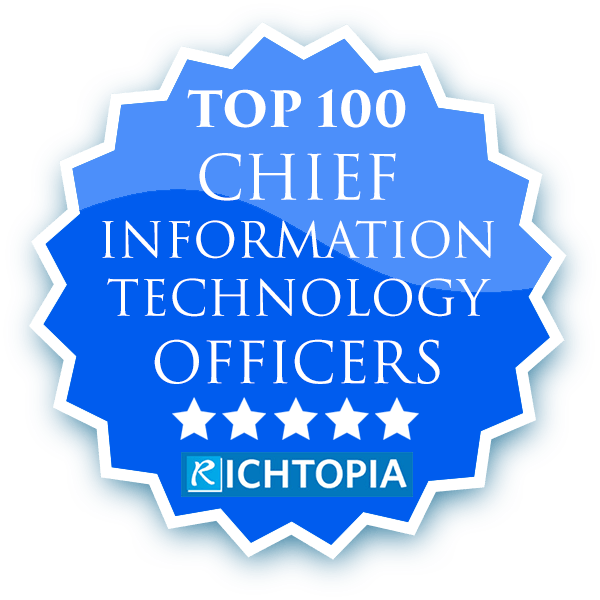Brian was recently featured in a crowd-sourced article on CIO.com about “Enterprise Use Cases Abound for Virtual Reality Solutions“.
…and when it comes to sales, business team, and customer meetings, virtual reality solutions “reduce costs of sending people off site with the overhead of travel expenses,” says Brian E. Thomas (@DivergentCIO), CTO of Coruzant Technologies.
Virtual reality solutions should now be in the CIO’s bag of tricks. There are many use cases for emerging technology to be leveraged and integrated into the enterprise. The CIO’s role has expanded and is looked to be part of the strategic vision and planning.
Since the pandemic, VR have doubled in use and proved many traditional jobs and tasks can now be completed or facilitated by this technology. Here are just a few examples:
- Training and Simulation: Virtual Reality can be used for employee training, for example in hazardous industries such as construction or manufacturing, allowing employees to practice dangerous procedures in a safe and controlled environment.
- Product Design and Prototyping: VR can be used to create interactive 3D models and prototypes, allowing designers and engineers to see how their products will look and function before they are physically built.
- Remote Collaboration: VR technology can be used to create virtual meeting rooms and collaboration spaces, allowing team members in different locations to work together in a shared virtual environment.
- Marketing and Sales: VR can be used to create immersive experiences that engage customers and prospects, showcasing products, services and environments in a highly interactive and memorable way.
- Therapy and Mental Health: VR can be used in healthcare to provide patients with exposure therapy, helping them to overcome phobias, anxiety, and other mental health conditions.
- Data Visualization: VR can be used to visualize and analyze complex data sets in 3D, allowing decision-makers to gain new insights and make informed decisions.







